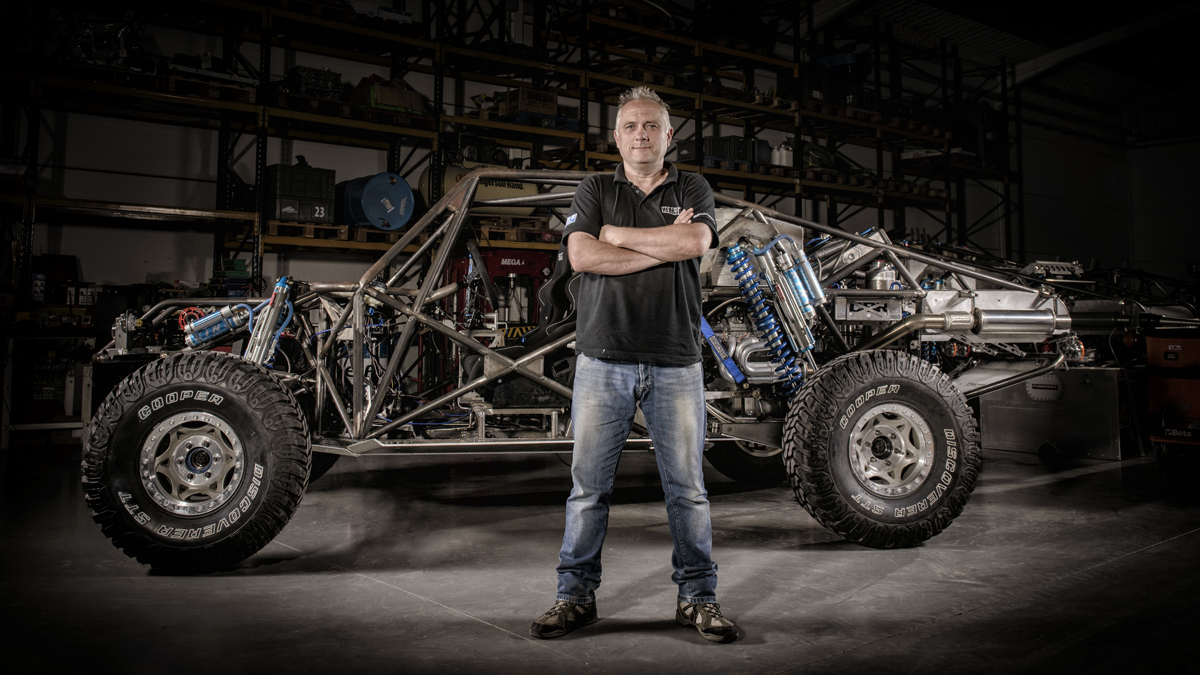Javier Herrador, official distributor of KING SHOCKS shock absorbers for Europe, clarifies some concepts of the importance of having a reliable suspension and shock absorbers on an off-road vehicle.
“The most important consideration when preparing a car is the suspension,” he emphasised. KING SHOCKS, the world’s leading American brand in off-road shock absorbers, has reached a collaboration and sponsorship agreement with Grand Tour Adventure S.L., the company organising the Maroc Challenge and the Tunisise Challenge. The reference Spanish preparer will not only provide our participants with a 10% discount on their products but their technicians will offer advice, tuning and repair.
Within the framework of this collaboration, he explains that “what is important today is not just the shock absorber but also its adjustment, that is, who adjusts it for each car. It could be said that 80% of the performance of a high-end shock absorber is standard for all vehicles, but the remaining 20% depends on them being adapted both to the car in question and to the individual use and driving style of each vehicle. Having well-adjusted damping will give us greater control, as we will optimise steering, braking, grip and traction, and that is achieved with a shock absorber that puts the wheel backon the ground as soon as possible”.
Javier Herrador, on the other hand, explains that “the user must also distinguish between what is the suspension and the shock absorber. The suspension is the set of parts that make up the dead weight of all vehicles, everything that moves when a wheel goes up and down, and the shock absorbers are part of the suspension. It is easy to have a well-adjusted shock absorber and a poorly-adjusted suspension, that is, the geometry must be adjusted in order that the wheels –front and rear- are always as parallel as possible, avoiding bumpsteering throughout their extension or compression travel. Really well tuned shocks can be easily observed from outside the car because the wheels move independently of the body, which must remain as flat and still as possible no matter what the wheels are doing.”
Another concept to take into account is that “people talk about whether a shock absorber is hard or soft and you have to differentiate between two different concepts: hardness and speed. Hardness in a shock is how hard it is to compress and speed is how fast you can get the wheel to move or hold. There is a concept that when we go through rough areas the shock absorber has to be harder and it is precisely the opposite: the rougher the terrain, the softer the shock absorber has to be. That is why shocks that have a compression adjuster will allow us to change the setting depending on the terrain, to allow the wheels to adjust faster in areas where there are more bumps.”








